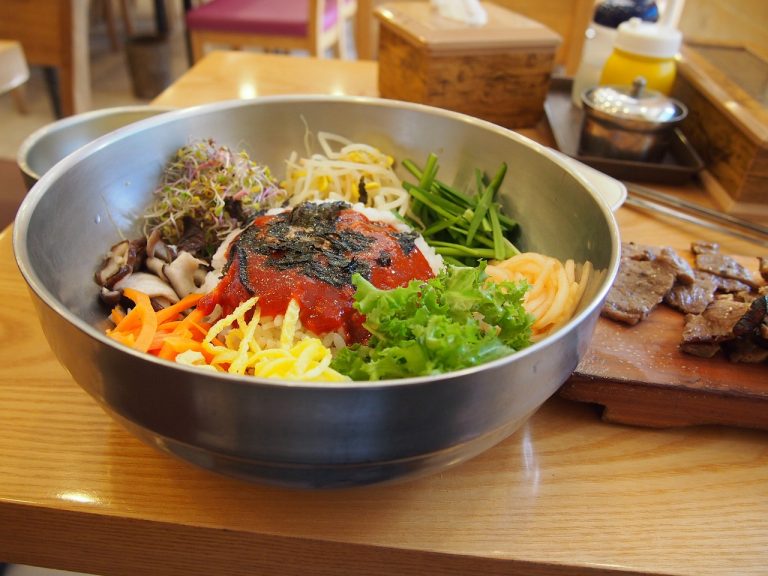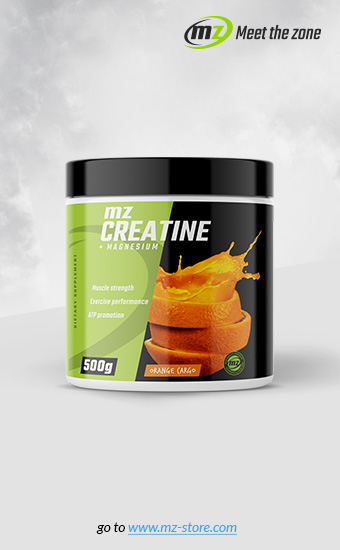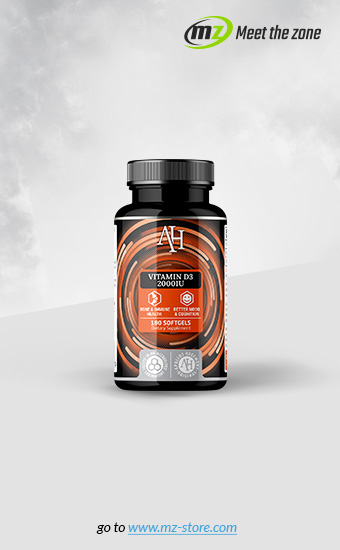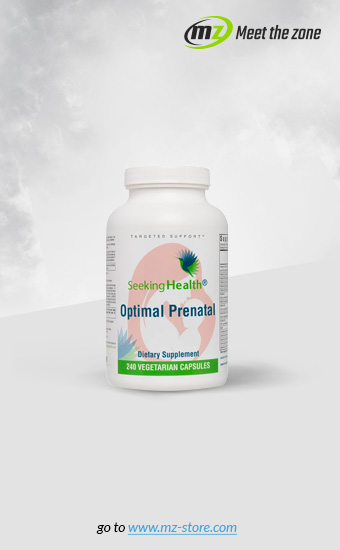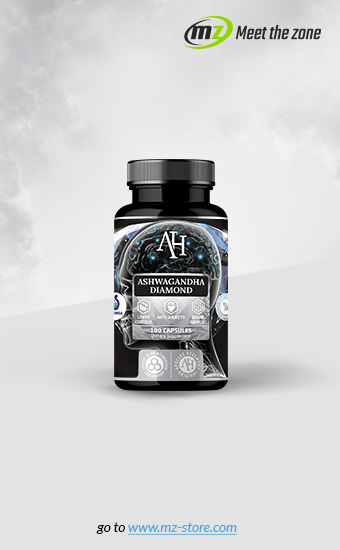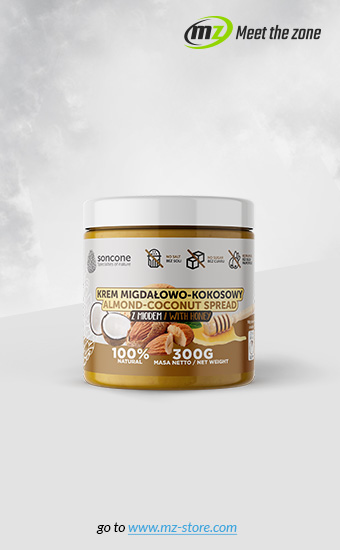In general, most of us are aware of the importance of calories. For example, when caloric intake was standardized, there were no differences in body composition between diets, where 43% of the daily calorie intake came from sucrose (table sugar), and diets where only 4% came from this source [1].
This highlights and illustrates how important it’s to eat calories in the right amount, and that sugar is not necessarily harmful to weight loss if the calories are under our control. Therefore, it can be said that there is no "slimming food", as long as someone controls the calorie content of the foods consumed. Therefore, when moving to a reduction diet, it’s extremely important to design it so that it’s easy to follow.
This makes it a sensible idea to regulate your appetite by eating foods that are the most filling. If you eat something that makes you hungry again after a short while, you are more likely to consume more calories, and hence - make it difficult to lose extra weight. That's why eating foods with a high satiety rate makes sense. Thanks to them, you feel full longer, minimize hunger and reduce the potential risk of overeating during the day.

This graph is based on a study in which participants consumed 240 calories from 38 ordinary foods and then could eat as much food as they wanted [2].
Food with the highest "satiety index" was food that minimized the amount of food that someone ate 2 hours after ingestion.
Top-rated food (the most filling):
Boiled potatoes (323 acquired)
Ling fish (white fish) (205)
Oatmeal (209)
Oranges (202)
Apples (197)
Food with the lowest results (least filling)
Croissants (47)
Cake (65)
Donuts (68)
Mars bar (70)
The positive satiety index correlated with the total mass of food consumed, as well as with the content of water, fibre and protein.
This negatively correlated with the taste of food, as well as with the fat content.
In general, this means that the most filling products are those that can be eaten in large volumes (for the same caloric intake) that are rich in protein, fibre and water. Foods that are tasty and have high caloric content, and are rich in fats, can make people overeat later in the day.
You should not accept these results as God's word, because food intake was measured in a short window, not throughout the day.
It’s also worth noting that small differences in the applied references can be of great importance, e.g. frying potatoes instead of cooking them, adding butter, salt or flavours, etc.
During a diet while reduced calories appetite regulation is becoming more and more important, so this can be a good guide for you if you want to eat the most nutritious foods to control your appetite.
Bibliography:
[1] http://www.ncbi.nlm.nih.gov/pubmed/9094871
[2] https://www.ncbi.nlm.nih.gov/pubmed/7498104e
